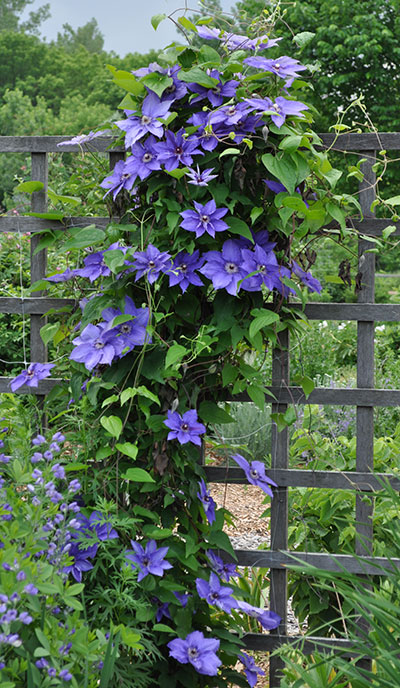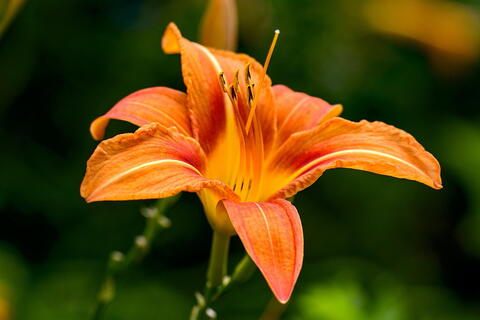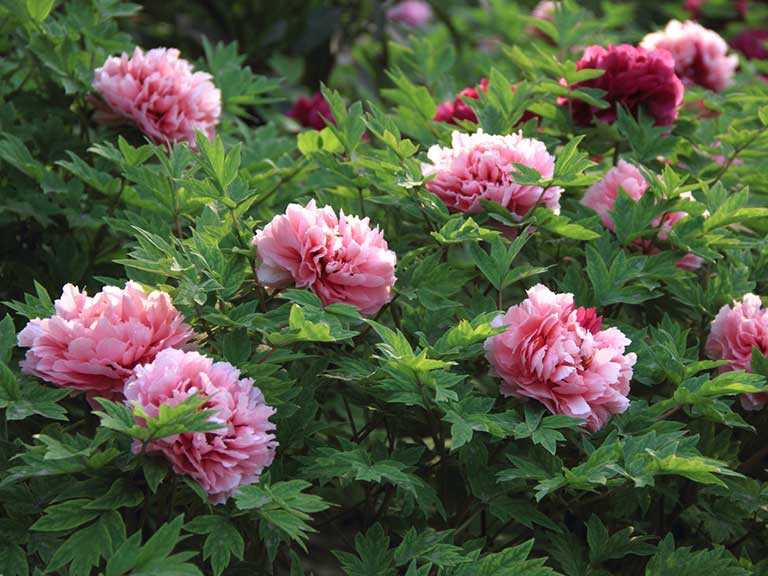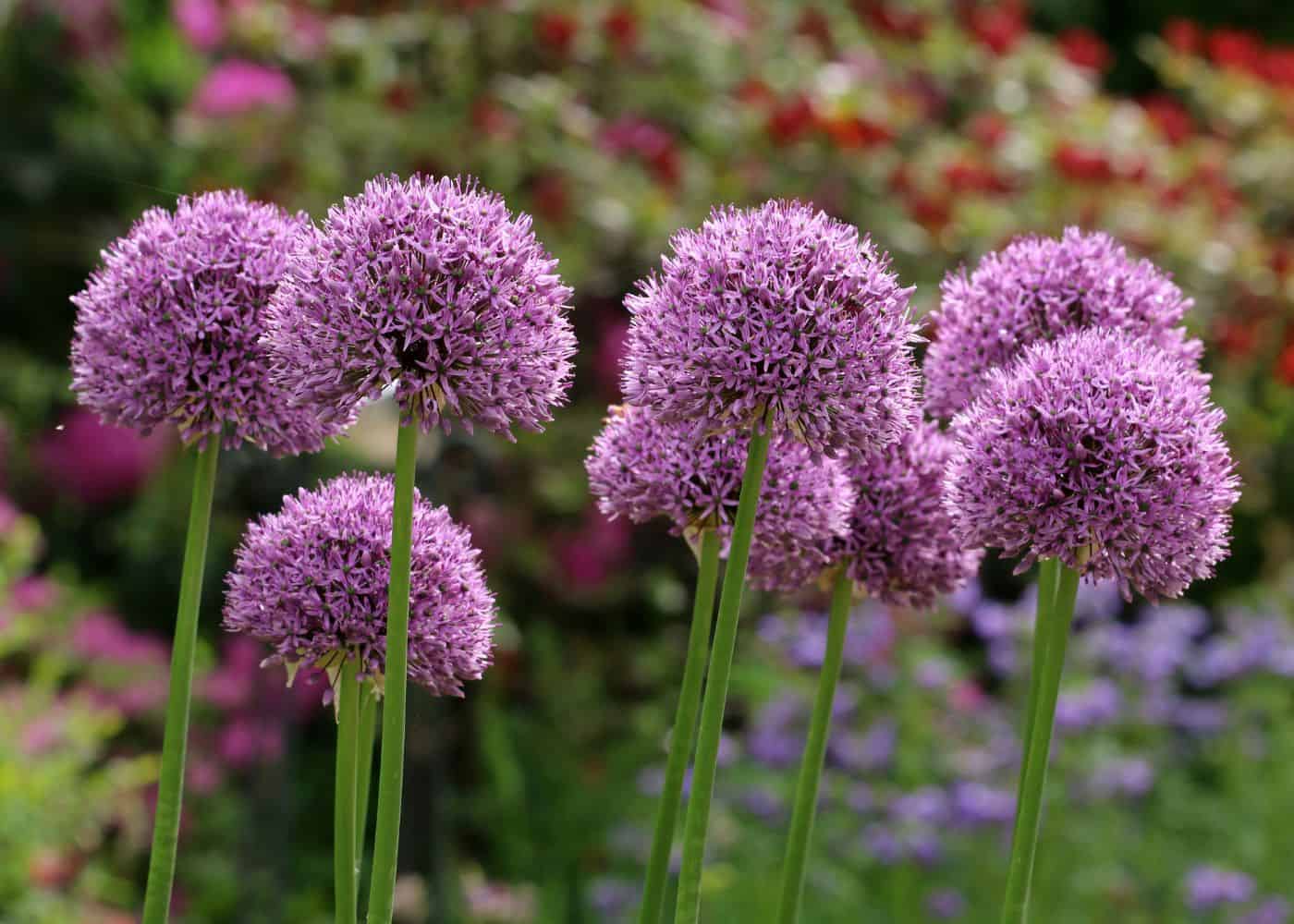Beautiful Companion Plants For Lilac Trees
Beautiful Companion Plants for Lilac Trees
Lilacs are a beloved flowering shrub that can add a touch of beauty and fragrance to any garden. But did you know that there are a number of companion plants that can enhance the beauty of your lilacs? By choosing the right companion plants, you can create a stunning and harmonious display that will bloom for weeks.
In this blog post, we will discuss some of the best companion plants for lilacs. We will also provide tips on how to plant and care for these plants so that you can enjoy their beauty for years to come.
Choosing Companion Plants for Lilacs
When choosing companion plants for lilacs, there are a few things to keep in mind. First, you need to consider the size and growth habit of the lilac. Lilacs can grow to be quite large, so you need to make sure that your companion plants will not be overshadowed. You also need to consider the sunlight and soil conditions that your lilacs prefer. Most lilacs prefer full sun and well-drained soil.
Once you have considered these factors, you can start to choose companion plants. Some good options include:
- Clematis: Clematis is a beautiful vine that can add height and interest to your lilac bush. It blooms in a variety of colors, and it can be trained to climb over or around your lilac.

- Daylilies: Daylilies are a hardy perennial that blooms for weeks in the summer. They come in a variety of colors, and they can add a splash of color to your lilac bush.

- Hostas: Hostas are a type of shade-loving perennial that can add a touch of elegance to your lilac bush. They come in a variety of colors and leaf shapes, and they can help to fill in the space under your lilac bush.

- Peonies: Peonies are a classic spring flower that can add a touch of elegance to your lilac bush. They come in a variety of colors, and they can add a pop of color to your garden.

- Spirea: Spirea is a deciduous shrub that blooms in the spring. It comes in a variety of colors, and it can add a touch of height and interest to your lilac bush.

Planting and Caring for Companion Plants
Once you have chosen your companion plants, you need to plant them properly. Lilacs and their companion plants should be planted in full sun and well-drained soil. The best time to plant them is in the fall or early spring.
When planting your companion plants, make sure to space them properly. The exact spacing will depend on the size of the plants, but you should generally allow at least 2-3 feet of space between each plant.
After planting, water your companion plants deeply and regularly. Once they are established, they will not need to be watered as often.
Conclusion
By choosing the right companion plants, you can create a stunning and harmonious display that will bloom for weeks. With a little planning and care, you can enjoy the beauty of lilacs and their companion plants for years to come.
Lilac trees are a beautiful addition to any garden, but they can really be brought to life when paired with the right companion plants. Some of the best companion plants for lilac trees include:
- Clematis: This vining plant will add a touch of elegance and grace to your lilac tree. It will also bloom at the same time as the lilac tree, so you can enjoy a double whammy of color and fragrance. Gardenia Inspiration
- Peonies: These stately flowers are a perfect match for the delicate blooms of the lilac tree. They come in a variety of colors, so you can choose the perfect ones to complement your lilac tree's color scheme.
- Hostas: These shade-loving plants will help to hide the lilac tree's lower branches and add some interest to the understory of your garden. They also come in a variety of colors and leaf shapes, so you can find the perfect ones to match your lilac tree's foliage.
- Daylilies: These cheerful flowers will bloom for weeks on end, so you can enjoy their beauty long after the lilac tree has finished blooming. They come in a wide range of colors, so you can find the perfect ones to match your lilac tree's color scheme.
For more information about lilac tree companion plants, please visit Gardenia Inspiration. This website has a wealth of information on everything you need to know about growing and caring for lilacs, including which companion plants are the best for your needs.
FAQ of lilac tree companion plants
What are some good companion plants for lilacs?
Some good companion plants for lilacs include:
- Herbaceous peonies and tree peonies (Paeonia) – These plants are compatible in color, fragrance, and form, and make each other look better. Plant peonies at your lilac's foot to hide its poorly clad legs and savor the beauty and pervasive perfume they lavish on those who passes-by.

- Hostas – Hostas are shade-loving plants that can help to suppress weeds and provide a lush backdrop for your lilacs. They also come in a variety of colors, so you can choose ones that complement your lilac's blooms.

- Daylilies – Daylilies are another shade-tolerant plant that can add color and interest to your lilac planting. They are also relatively easy to care for, making them a good choice for busy gardeners.
- Ferns – Ferns are a classic companion plant for lilacs. They add a touch of elegance and grace to any garden, and they can help to improve the soil quality around your lilacs.

- Roses – Roses and lilacs are both beautiful flowering plants that can complement each other well. When choosing roses to plant near your lilacs, it is important to select varieties that have similar light and moisture requirements.
What should I avoid planting near lilacs?
There are a few plants that you should avoid planting near lilacs, as they can compete with them for water and nutrients. These plants include:
- Other flowering shrubs
- Trees
- Vegetables
- Grasses
It is also important to avoid planting lilacs near invasive plants, as these plants can quickly spread and crowd out your lilacs.
How far apart should I plant lilacs?
Lilacs need plenty of space to grow, so it is important to plant them at least 6 feet apart. If you are planting multiple lilacs in a row, you should space them 8 to 10 feet apart.
When is the best time to plant lilacs?
The best time to plant lilacs is in the spring or fall. If you are planting lilacs in the spring, make sure to do so before the leaves start to grow. If you are planting lilacs in the fall, make sure to do so at least 6 weeks before the first frost.
How do I care for lilacs?
Lilacs are relatively easy to care for, but they do require some basic maintenance. Here are a few tips for caring for lilacs:
- Water lilacs regularly, especially during the first year after planting.
- Fertilize lilacs in the spring with a balanced fertilizer.
- Prune lilacs in the late winter or early spring.
- Protect lilacs from pests and diseases.
With proper care, your lilacs will bloom for many years to come.
Image of lilac tree companion plants
Here are 5 different images of "lilac tree companion plants" from Pinterest:
- Peonies: Peonies are a classic companion plant for lilacs. They have similar bloom times and flower colors, and they both thrive in full sun and well-drained soil.

- Hostas: Hostas are shade-loving plants that can help to fill in the space under a lilac tree. They come in a variety of colors and leaf shapes, so you can choose one that complements the lilac's blooms.

- Daylilies: Daylilies are another shade-tolerant plant that can be planted under a lilac tree. They bloom for a long period of time, so you'll enjoy their flowers all summer long.

- Iris: Iris are a beautiful addition to any garden, and they can also be planted near lilacs. They come in a variety of colors, so you can choose ones that match the lilac's blooms or provide a contrast.
- Coneflowers: Coneflowers are a low-maintenance plant that can add a pop of color to your garden. They're also deer-resistant, so you won't have to worry about them being eaten by wildlife.


Post a Comment for " Beautiful Companion Plants For Lilac Trees"